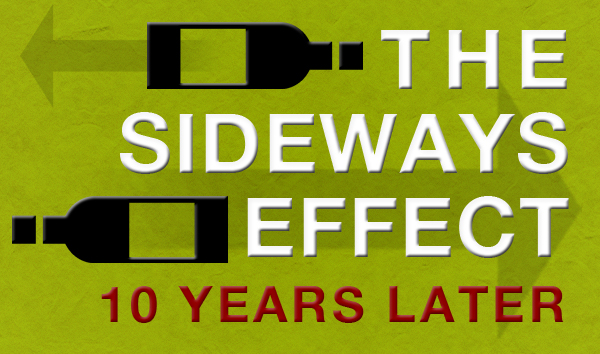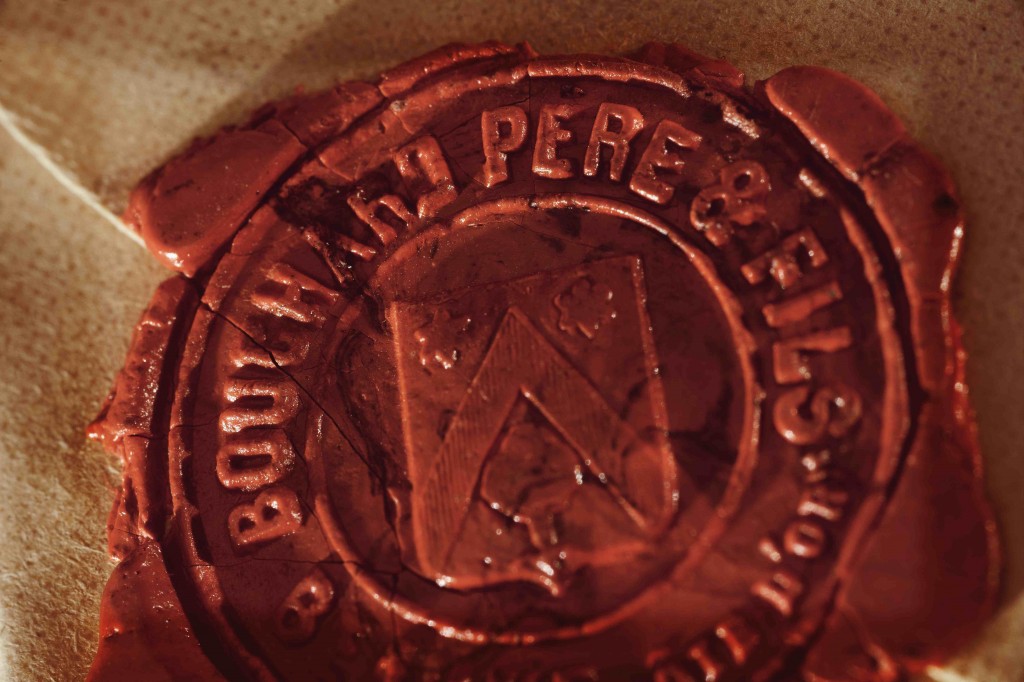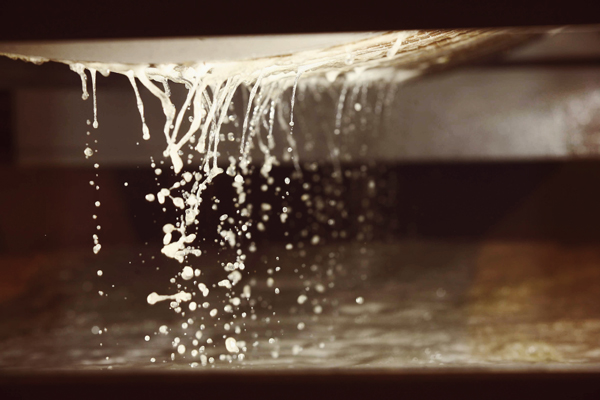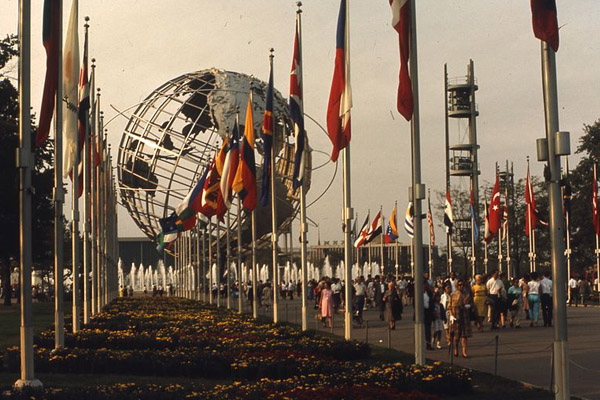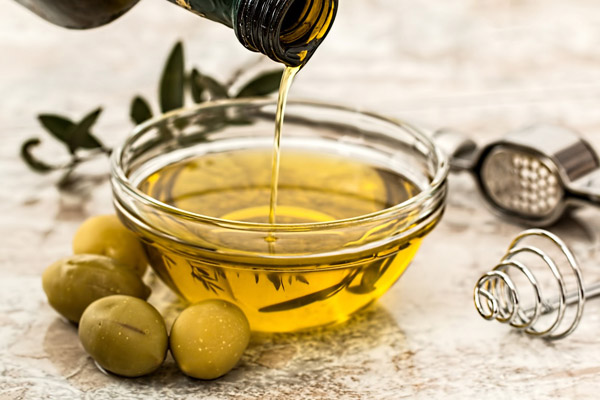One of the real highlights of the 36th Vancouver International Wine Festival was the active participation of Maison Louis Jadot (www.louisjadot.com) through their Directeur Commercial Export Sigfried Pic. All this enlightening education was possible due to the arrangements made by International Cellars (founded in 1983 and actively managed by owners Michael Shuster & Norman Gladstone) and their talented Business Development Manager Peter M. Rae (Sommelier ISG, Diploma WSET) at www.internationalcellars.ca. Peter and his staff prepared the best tasting booklet I have ever experienced including not only extensive vintage and tasting notes but even detailed full page coloured maps for each wine presented. Outstanding work! Not only was Siegfried pouring tastes of 4 of their top Burgundies for thousands each of 3 consecutive nights at the Convention Centre Festival Tasting sessions but also leading a seminar panel (including this scribe) called Wine 305-Advanced Burgundy and a special “Nothing But Burgundy” dinner.
February 27, 2014 tasting of 17 wines in 7 flights (last one blind) highlighted mainly 2011, 2006, and 2001. Early picking in 2011 to maintain acidity showed in both Domaine Ferret Pouilly-Fuisse Autour de Fuisse (warmer air stays in the theatre of Fuisse for riper fruit, only used oak) & Tete de Cru Le Clos (bigger rounder richer with mineral finish, 30% new oak). Three more 2011 white Burgundy all quite different Puligny- Montrachet 1er cr Les Folatieres (largest 1er cru fresh structured but less depth than 2010), Monopole of Duc de Magenta Chassagne Montrachet Morgeot 1er cru Clos de La Chapelle (aromas honey white flowers broader fatter softer), Corton-Charlemagne Grand cru (more austere higher acidity – almost like a Grand cru Chablis at this stage – will age well as still enjoying their 1986) which plot will celebrate 100 year anniversary in 2014. Rare exotic spicy 2004 Beaune Greves Le Clos Blanc was open & mature. Gamay on granitic soils shows well in 2011 Moulin-a-Vent Chateau des Jacques (acquired in 1996) always good value and the steep south facing single vineyard older vines of Clos de Rochegres on the way to Fleurie was fresh in 2011 and delicious Burgundy like with aged 1999.
The last three flights showed the ability of Jadot reds to age gracefully and with time to develop nuances with complexity. Compared 3 vintages of one of the very best of the 36 Premier Crus in Beaune 1er cru Vignes Franches Clos des Ursules (plus the structured 2010 at the Festival tasting): 2011 so young showing elegance and purity rather than the powerful concentration of 2009; 2006 in a transitional state between earthy primary fruit and aged bouquet; and 2001 austere year underrated cherries with lively acidity. Two vintages ten years apart for Corton-Pougets: 2011 already fragrant showing more elements of a Grand cru but deserving preservation for improvement; 2001 shows how 10 years helped round out the textures and develop a sweeter finish. Really appreciated both 2006 Vosne-Romanee 1er cru Les Chaumes (just below Malconsorts & La Tache) pure refined already slightly round and silky – memories of their recent impressive 2009 Vosne-Romanee 1er cru Les Suchots Jadot; and underappreciated superb Grand cru 2006 Chapelle-Chambertin just below Chambertin Clos de Beze with a similar rich plummy slightly less concentrated statement.
February 26, 2014 was a memorable dinner prepared by one of the world’s most talented chefs and culinary mentor Michel Jacob and his brigade at Vancouver’s perennial best French restaurant Le Crocodile. Talk about the perfect wine and food pairings! One could wax on poetically about some of these magical matches of food courses and Jadot wines:
Lobster & Scallop Terrine Saffron Beurre Blanc: Puligny-Montrachet 1er cru La Garenne 2011 & Chassagne Montrachet 1er cru Morgeot Clos de la Chapelle 2011
Choucroute aux Poissons Noilly Prat Veloute: Corton Charlemagne Grand cru 2010
Duck Confit Citrus Sauce Curly Endive Salad: Vosne-Romanee 1er cru Les Chaumes 2006 & Gevrey-Chambetin 1er cru Les Cazetiers 2006
Tournedos Rossini Truffle Jus: Corton Pougets Grand cru 2001 & Latricieres-Chambertin Grand cru 2001
French Fresh Cheese Selection: Moulin-a-Vent Clos de Rochegres 1999
Thanks Maison Louis Jadot for your continuing worthy motto of “The land does not belong to us: we are merely its caretakers” and congratulations for delivering such brilliant textbook examples of the special terroirs of the vineyards for which you have care over!

